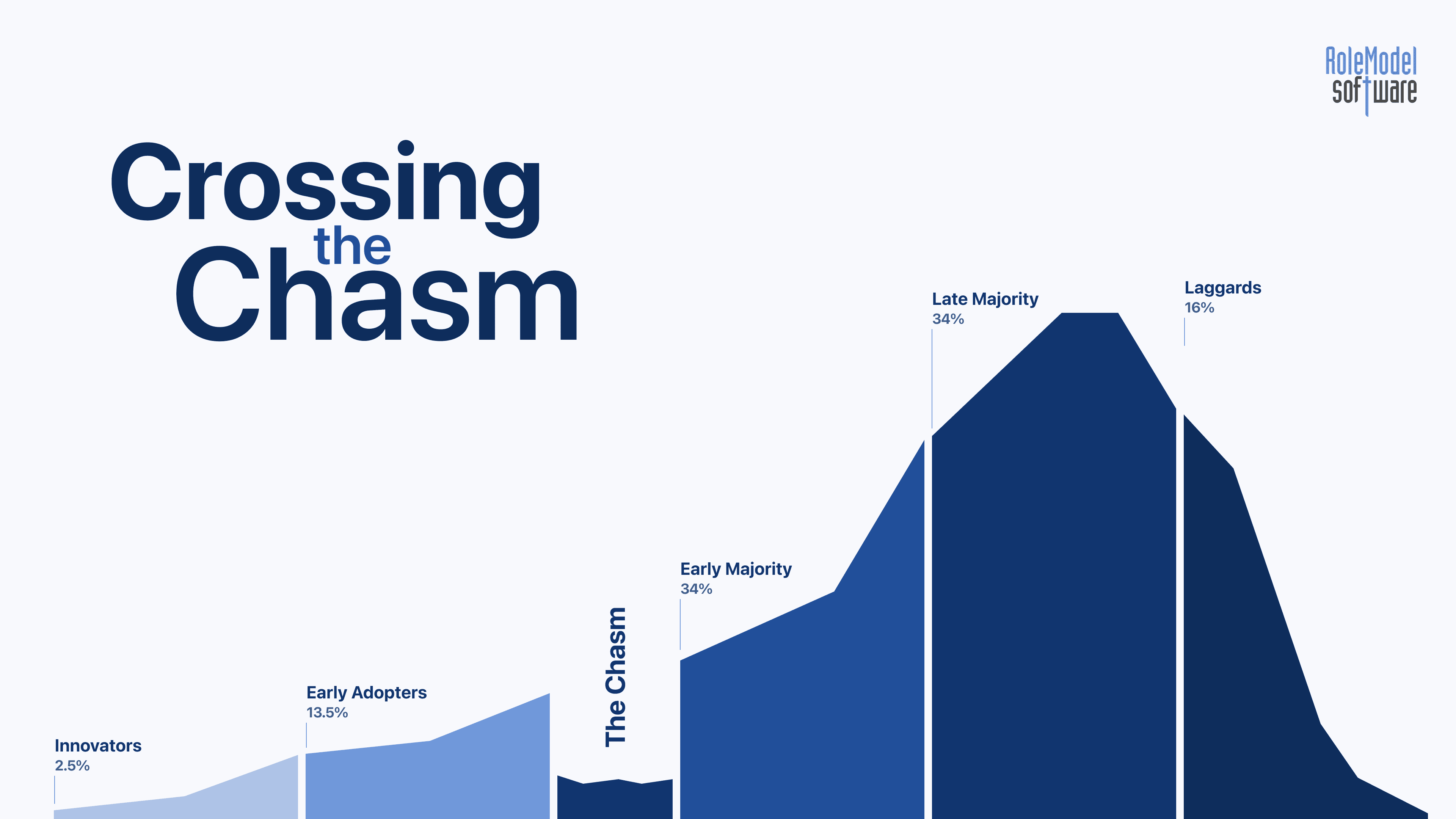The RoleModel Way of Selecting Technology
Videos
RoleModel Way
Custom Software
Software Architecture
Sustainable Development
At RoleModel, selecting technology is a disciplined balance between embracing innovation and honoring proven tools, always guided by our core values of character, collaboration, and craftsmanship. We prioritize clear purpose, sustainable support, and long-term impact—ensuring every choice serves our team and partners with integrity and care.
SHARE POST



Custom software projects are complex and require context-dependent decisions. That starts with the selection of the tools and technology to build the solution. There are many different opinions on what tools are best or interpretations of the trends in the technology landscape. So, how can you be confident that we select the right technology?
Intentionally Different
RoleModel is intentionally different in the way that we select technology for our projects. Our strategy is focused on the partners that we serve and the common challenges and business problems that they're looking to solve. This means we don't simply select technologies that are new or trending in the market or the shiny things that we, as developers, would like to experiment with. We primarily serve small and medium-sized businesses. These organizations need to be agile, continually evolving their competitive advantage to stand out from their competition. The tools and technologies that we select need to enable us to serve them well by evolving their technology as their business evolves and grows.
Sustainable Partnership
Practicing the RoleModel Way of Selecting Technology means that we’re not simply delivering an initial project and then moving on. We're actively building long-term partnerships, getting to value fast, and sustaining it over the long term. In order to do this effectively, we focus on building small high-performance teams, leveraging and focusing on developer productivity as that fundamentally impacts many different areas of the project, from how fast we can ship features to the long-term sustainability of the solutions that we’re building. This, combined with the RoleModel Way of project management, design, and even testing, informs the technology decisions that we make so that we can build a solid foundation for our team to work in and handle the transitions that naturally happen over the course of a project within our team. Ultimately, we're not focused on building budget software solutions but rather maximizing the investment for long-term value.
Leading Edge
I love the analogy of the technology adoption curve from Crossing the Chasm by Geoffrey Moore. It's a bell curve with innovators on one end and laggards on the other. But you'll notice a gap between early adopters and the early majority; this is the point in the technology lifecycle where something has to prove itself. Can it move from the land of the tinkerers to the world of the pragmatists? At RoleModel, we want to leverage emerging technologies but not be dependent upon them. We are students of the chasm, focusing on technologies that are looking to cross it. We want to experiment with those tools that make sense for a given project without jeopardizing the ultimate success trying to have.

So, how do we apply this practically? We've got an experiments culture at RoleModel, which means we're always looking for potential opportunities where a new technology or refinement of our approach will make a significant impact on a partner’s project. Additionally, we set aside time each quarter for some internal experimentation, looking to prove technologies that are on the cusp of crossing the chasm that we can implement in our future projects. For your project, you experience the confidence of working with a team that understands the proven technologies they're using to build a solid foundation, with the added benefit of the RoleModel team continually evaluating technology trends and tools that could be applied to your project without a complete rewrite.
Technology is always changing, and that’s part of what excites us as developers—seeing the new opportunities that that brings. But it has been met with discipline; the RoleModel Way of Selecting Technology is how we approach that—by being intentionally different, focused on building sustainable partnerships, while still being on the leading edge through our experiments culture.
